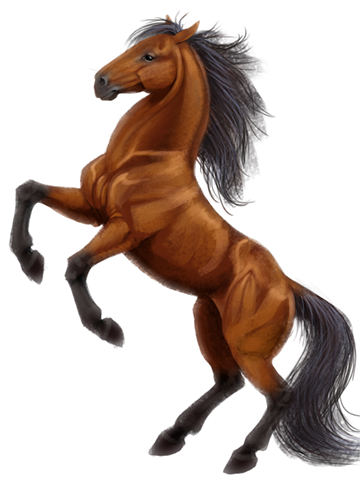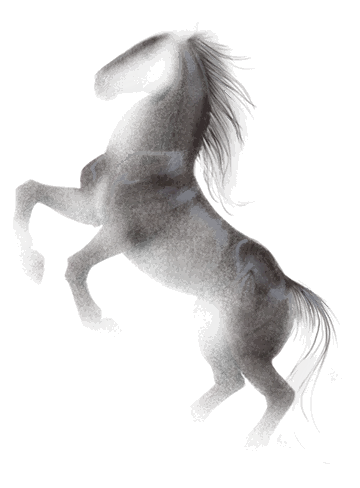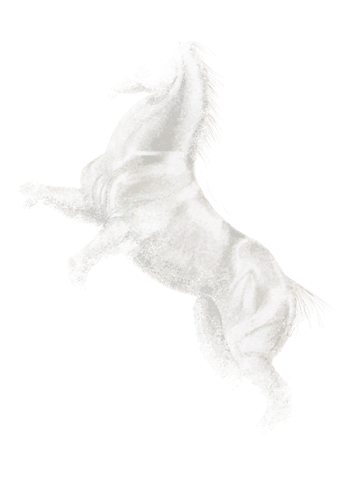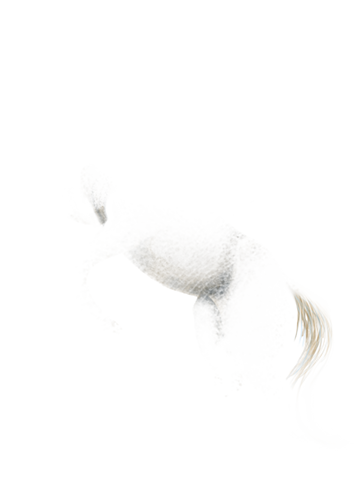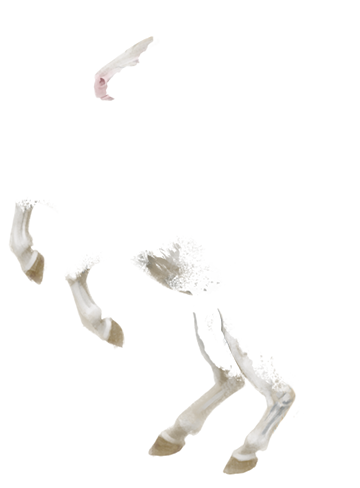
Jump to Game Window Jump to Game Window
Best known for the beautiful golden color of palominos and buckskins, the cream gene is what we call an incomplete dominant. This means that a single dominant allele will have a different effect than two dominant alleles. We call it being a single dilute or double dilute respectively. Easy enough, right?
It's the single dilute cream gene that causes beautiful gold horses. A double dilute cream gene will lighten the horse's coat to ivory or near white.
The cream gene is unique among dilution genes in that it has a hard time diluting black. This is why when a bay horse receives a cream gene its red body will lighten to gold while its black points remain starkly black. It's not completely unable to dilute black, however, and when two dominant alleles work together they will overpower it.
More recently a third allele of the cream gene has been discovered. It is called "pearl" or the "Barlink factor." A single allele of pearl on its own will do nothing. But with a dominant cream allele as well, it will enhance the cream allele and result in a pseudo double dilute. Two pearl alleles result in a warm dilution color sometimes refered to as "apricot."
Previous: White or Grey? - Home - Next: Dun DilutionJump to Complete Genetics
